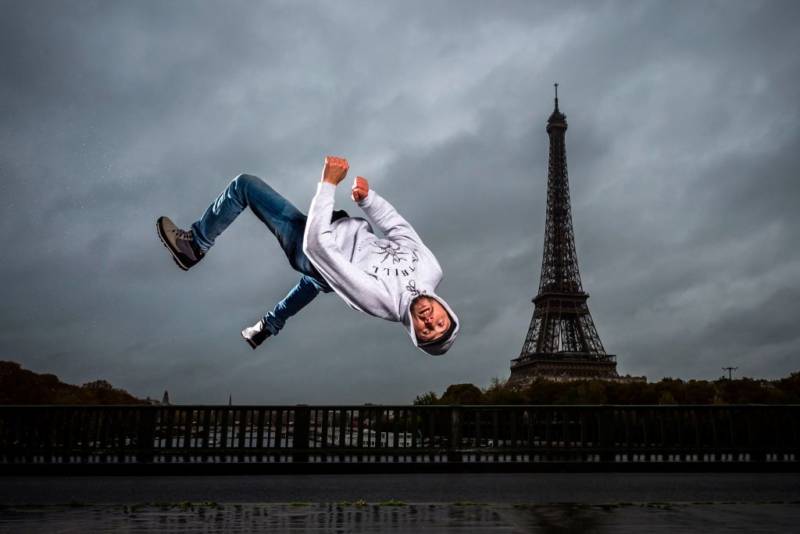Dec. 20, 2020 Update: The International Olympic Committee has officially announced it will add breakdancing—or "breaking"—to the Games.
This week, the International Olympic Committee unanimously advanced a proposal to bring breakdancing to the Paris 2024 games (the idea still has to pass one more vote in 2020). Somewhere in New York City, one or more of these men in matching leotards just fell over.
If you're wondering how this is going to work, a practice run for Paris happened last year at the Buenos Aires Youth Olympics. Breakers were scored by five judges on technique, variety, musicality, creativity, personality and performativity, in male, female and mixed categories. Here's a highlight reel:


